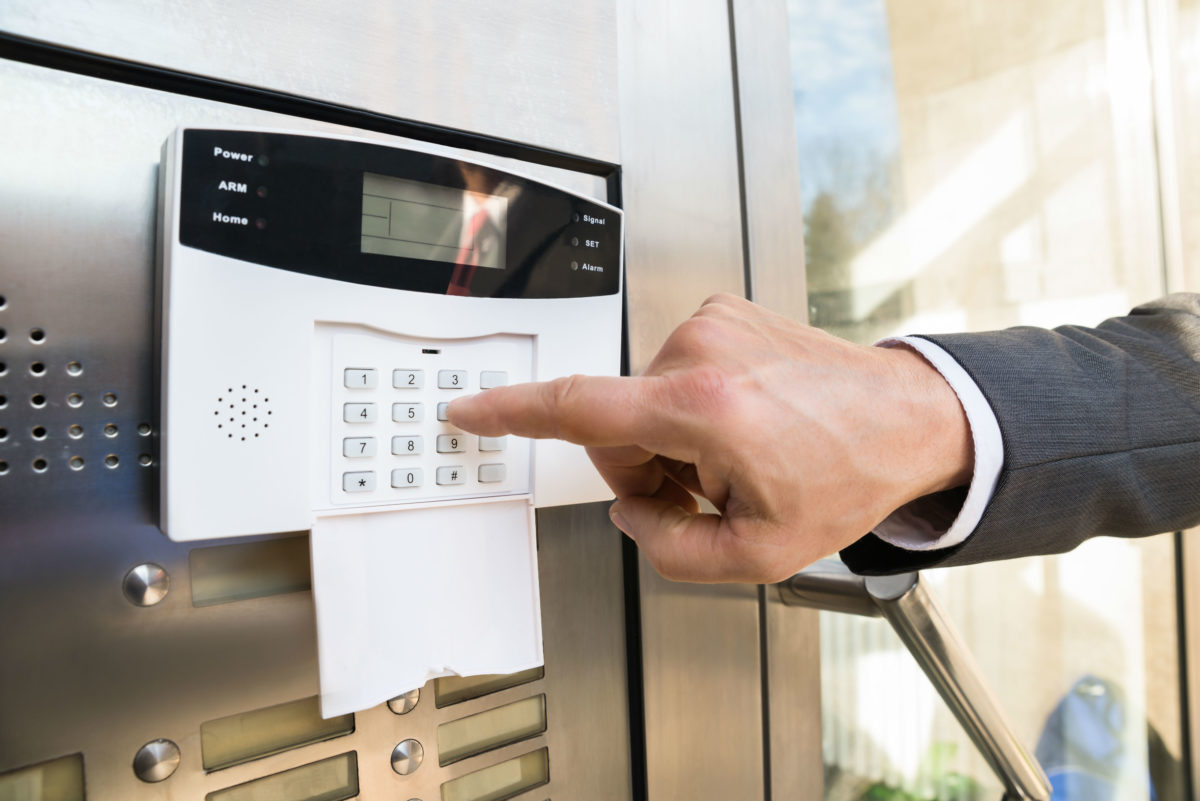The Beginner’s Guide for Home Automation Systems
What was once considered a far-fetched reality many years prior is now a working concept in many urban households. Home automation is the ultimate solution to control all electronic devices on a premise for improved convenience and efficiency. It simply works by connecting all devices in one network and accessing it via a remote system.
But
since home automation is a relatively new technology for many people,
they find it overwhelming to implement it in their day-to-day life. Here is a
guide to help such individuals with their setup.
1.
Choosing smart
devices
There
are countless ways to automate a home, but it is essential to avoid bombarding
a setup with multiple contrivances.
For
this, individuals need to consider the following factors.
·
Cost
They
can decide a budget limit and work on it to buy devices.
·
Setup
It
is crucial to choose systems that will match one’s skill levels. Always opt for
professional assistance for more technical setups.
·
Lifestyle
The
primary aim of automation is to make one’s lifestyle easier, so make sure to
consider this factor as well.
·
Research
Read
reviews and customer opinions to make informed decisions on purchases.
2.
Decide a
platform
One
biggest dilemma in this process is choosing a platform. People need a system
where they can assess every single contrivance from a central place.
Compatibility is also another factor to consider when looking for an
ecosystem.
Some
popular choices include:
·
Amazon Alexa
·
Apple Homekit
·
Google Assistant
·
IFTTT
3.
Connections
People
should always aim for control, entertainment, security, and convenience when
setting up an ecosystem. They need the following devices to achieve all these
elements.
·
Smart speakers
·
Displays
·
Remote control
·
Garage door openers
·
TV streaming stick
·
Security systems
·
Sensors
·
Voice doorbells
·
Smart locks
·
Lighting setups
·
Water leak detectors
4.
Create
automation
The last step involves streamlining all the devices together and create routines. These established routines help an ecosystem perform in a single command. People can utilize apps for this or adjust the settings as per their requirements. Then, choose the activities of contrivances by specifying triggers for each situation.



Comments
Post a Comment